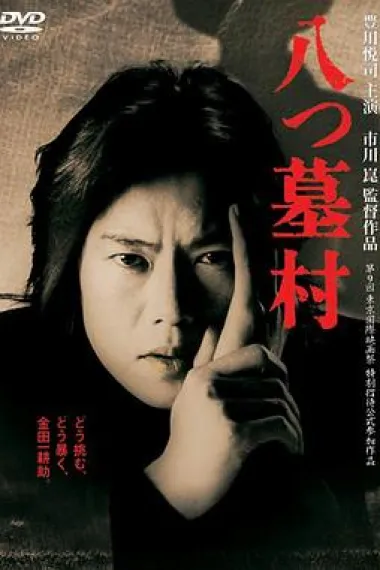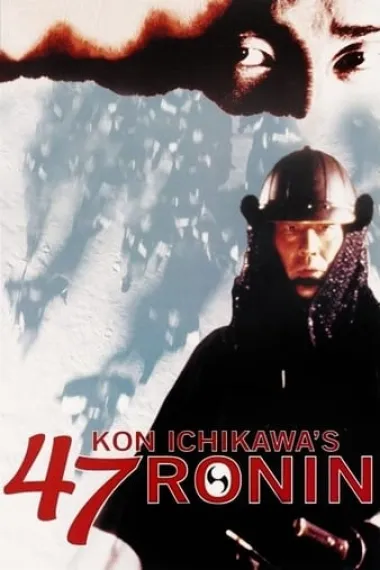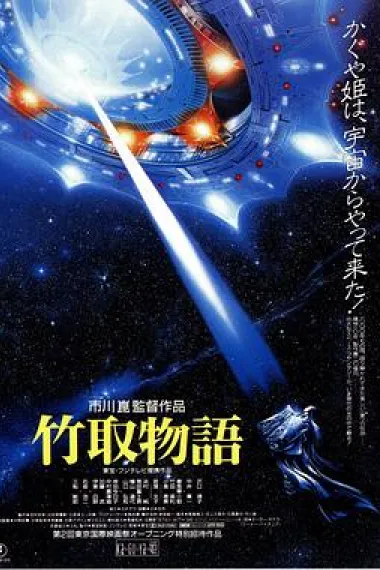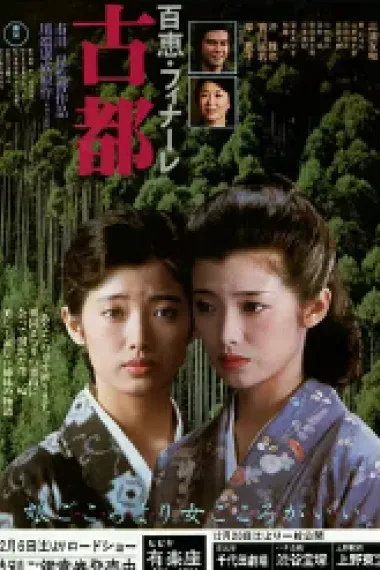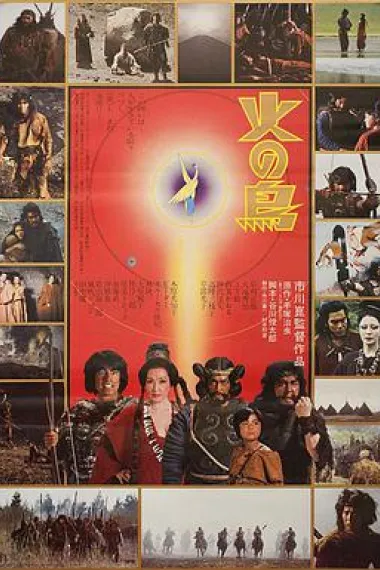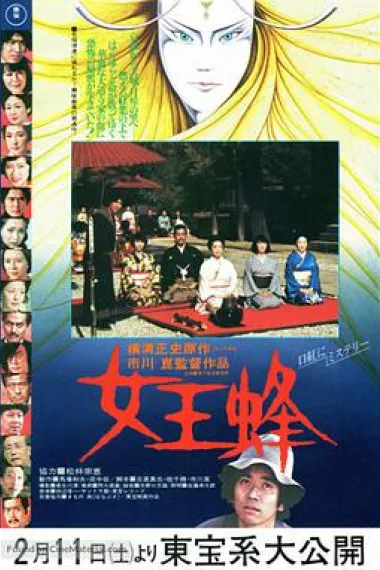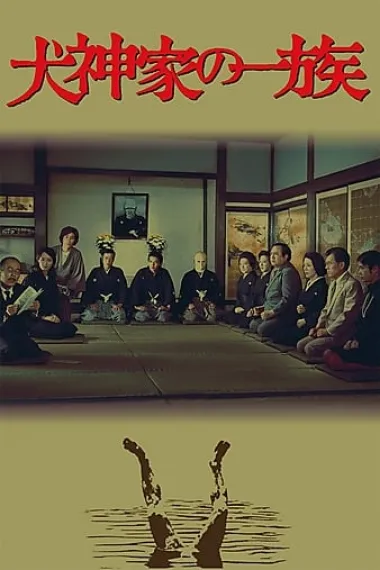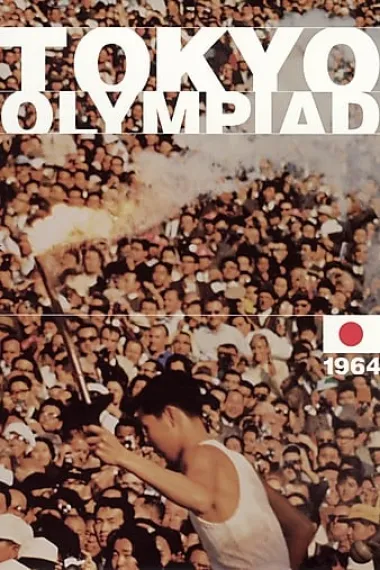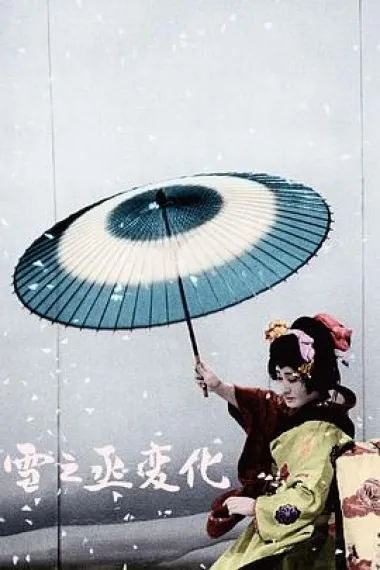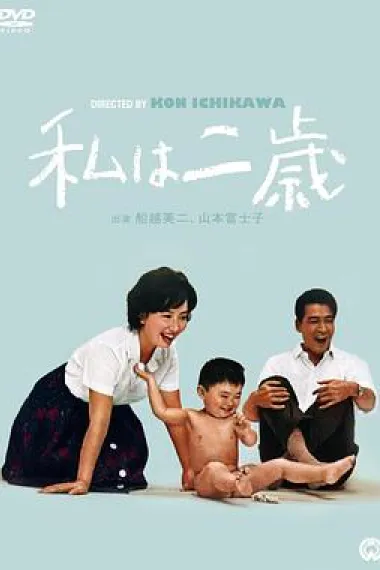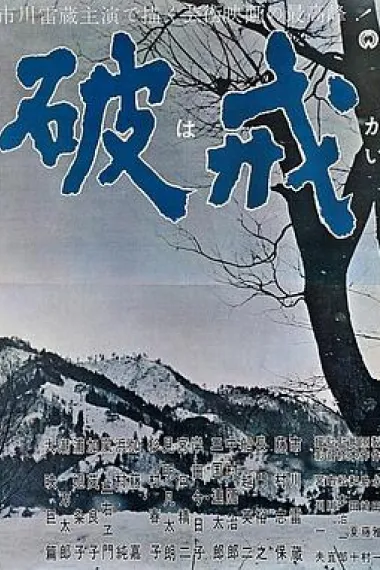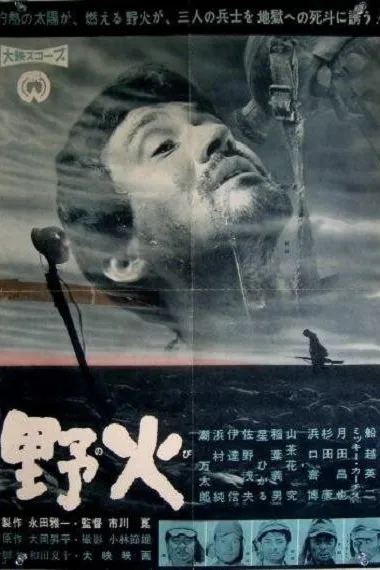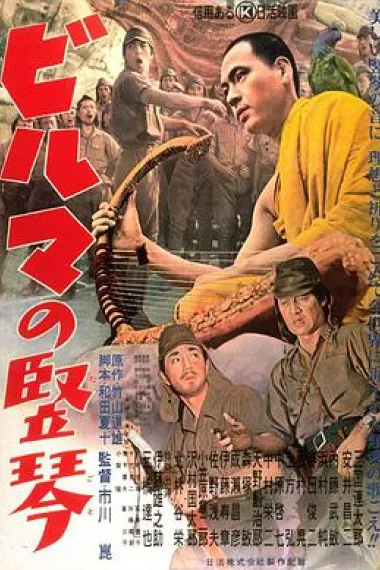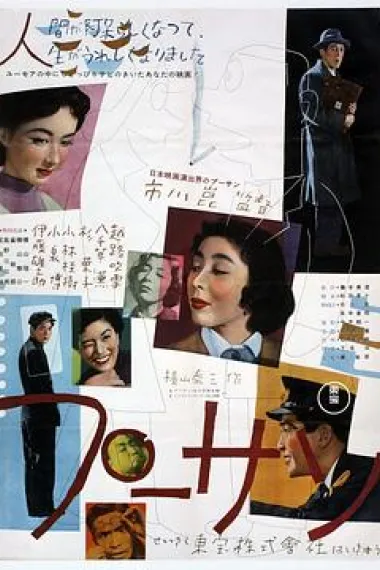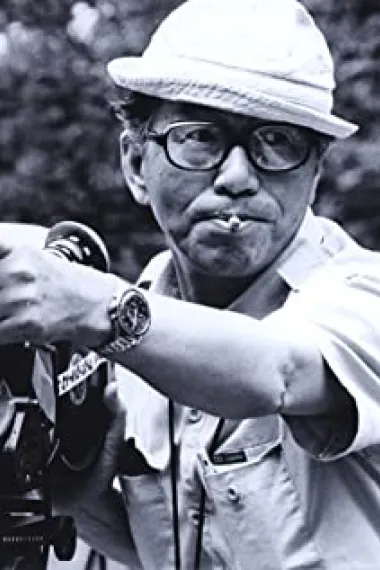
市川昆 (1915) Kon Ichikawa
导演 编剧 制片人 动画 副导演
Kon Ichikawa has been influenced by artists as diverse as Walt Disney and
Jean Renoir, and his films cover a wide spectrum of moods, from the comic
to the overwhelmingly ironic and even the perverse. Ichikawa began his
career as a cartoonist, and this influence is apparent in his skillful
use of the widescreen, and in the strong, angular patterns seen in many
of his compositions. He has directed Pû-san (1953), a popular film based on
Junichi Yokoyama's "Mr. Pu" comic strip. At various points in his career
Ichikawa has shown that he is capable of appealing to a popular
audience without compromising his artistry. A great visual stylist and
perfectionist, Ichikawa excels at screen adaptations of literary
masterpieces, including Sôseki Natsume's Kokoro (1955), Yukio Mishima's Enjô (1958), Jun'ichirô Tanizaki's
Kagi (1959) and Wagahai wa neko de aru (1975) and Tôson Shimazaki's Hakai (1962). He has also remade film
classics, such as Yutaka Abe's Ashi ni sawatta onna (1926) (Ichikawa's version: 1952) and
Teinosuke Kinugasa's Yukinojô henge: Daiippen (1935) (Ichikawa's version: 1963), transposing them to
contemporary settings.
The West was first introduced to Ichikawa when his Biruma no tategoto (1956) won the San Giorgio Prize at the 1956 Venice Film Festival. His epic documentary Tôkyô orinpikku (1965) (released the following year) and Taiheiyô hitoribotchi (1963) explore, with dignity and imagination, the limits of human endurance. He has also worked in the thriller genre, with Ana (1957), Inugami-ke no ichizoku (1976) and Gokumon-to (1977). Ichikawa tends to present strongly etched, complex characters: the stuttering acolyte who desires to preserve the "purity" of the Golden Pavilion (ENJO); the elderly husband who resorts to injections and voyeurism in order to remain sexually active (KAGI); the member of a pariah class who tries to deny his identity and to "pass" in regular society (HAKAI). More recently, Eiga joyû (1987) is a tribute to the fiercely independent Japanese actress Kinuyo Tanaka, who starred in many of Kenji Mizoguchi's films and was herself a director in later life. On the lighter side, Ichikawa's characters also include a 19th-century cat; a good-hearted, hapless teacher; and a baby who narrates how the world looks from his vantage point. He is especially adept at mixing comedy and tragedy within the same story. Until 1965, Ichikawa's close collaborator was his wife, screenwriter Natto Wada, with whom he produced most of his finest films.
The West was first introduced to Ichikawa when his Biruma no tategoto (1956) won the San Giorgio Prize at the 1956 Venice Film Festival. His epic documentary Tôkyô orinpikku (1965) (released the following year) and Taiheiyô hitoribotchi (1963) explore, with dignity and imagination, the limits of human endurance. He has also worked in the thriller genre, with Ana (1957), Inugami-ke no ichizoku (1976) and Gokumon-to (1977). Ichikawa tends to present strongly etched, complex characters: the stuttering acolyte who desires to preserve the "purity" of the Golden Pavilion (ENJO); the elderly husband who resorts to injections and voyeurism in order to remain sexually active (KAGI); the member of a pariah class who tries to deny his identity and to "pass" in regular society (HAKAI). More recently, Eiga joyû (1987) is a tribute to the fiercely independent Japanese actress Kinuyo Tanaka, who starred in many of Kenji Mizoguchi's films and was herself a director in later life. On the lighter side, Ichikawa's characters also include a 19th-century cat; a good-hearted, hapless teacher; and a baby who narrates how the world looks from his vantage point. He is especially adept at mixing comedy and tragedy within the same story. Until 1965, Ichikawa's close collaborator was his wife, screenwriter Natto Wada, with whom he produced most of his finest films.
